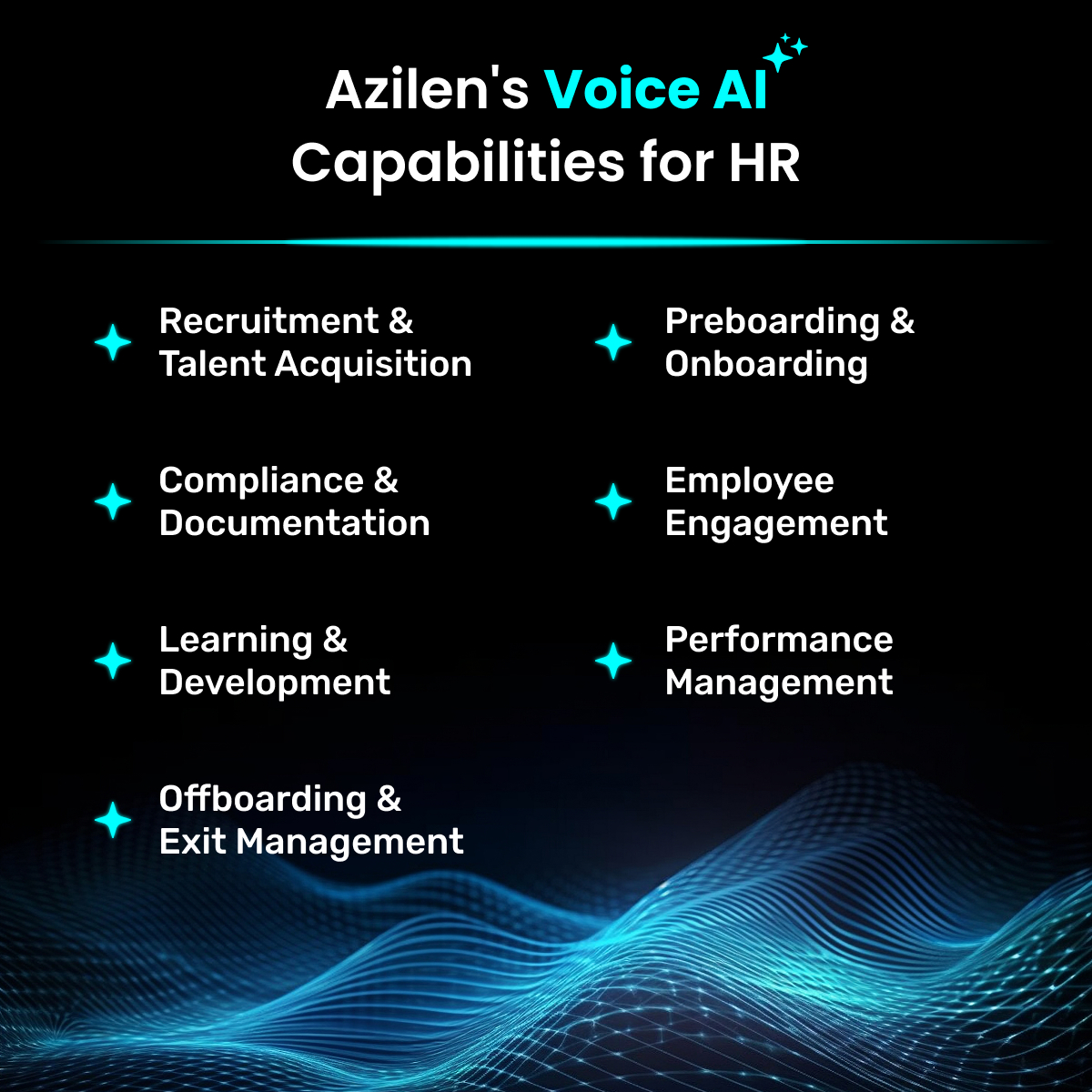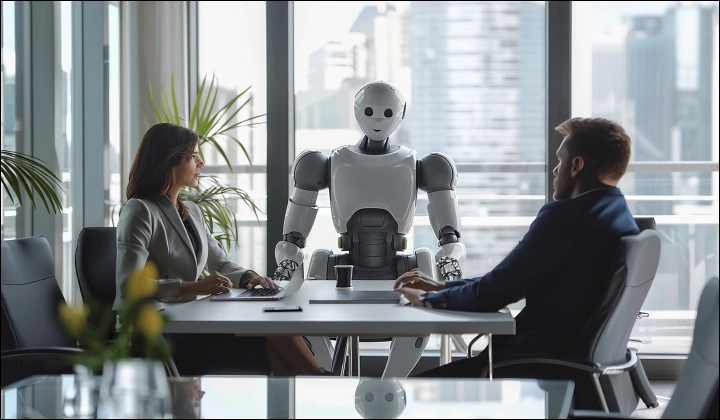The HR technology market has matured rapidly. What was experimental in 2023 and 2024 became mainstream in 2025. HR leaders now face tighter budgets, a distributed workforce, and employees who expect the same seamless digital experiences at work that they enjoy in their personal lives.
As we’re entering 2026 sooner, the focus is shifting to trust, personalization, measurable business impact, and the rise of agentic AI.
The HR technology trends ahead highlight how HR leaders and CHROs can build systems that not only manage people but also shape the future of work itself.





 9 mins
9 mins











 Talk to Our
Consultants
Talk to Our
Consultants Chat with
Our Experts
Chat with
Our Experts Write us
an Email
Write us
an Email





